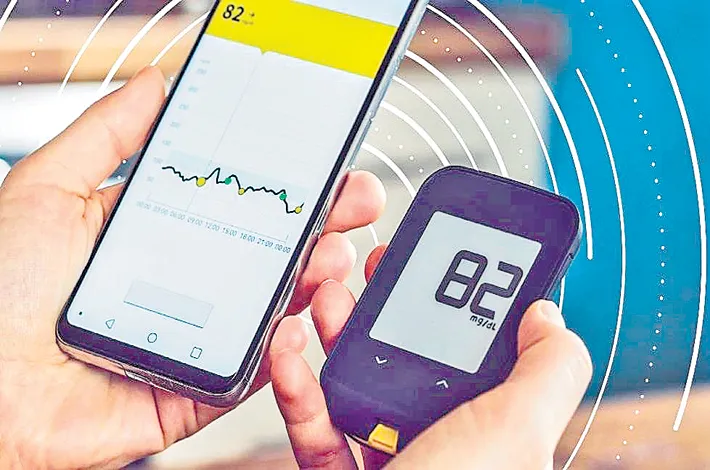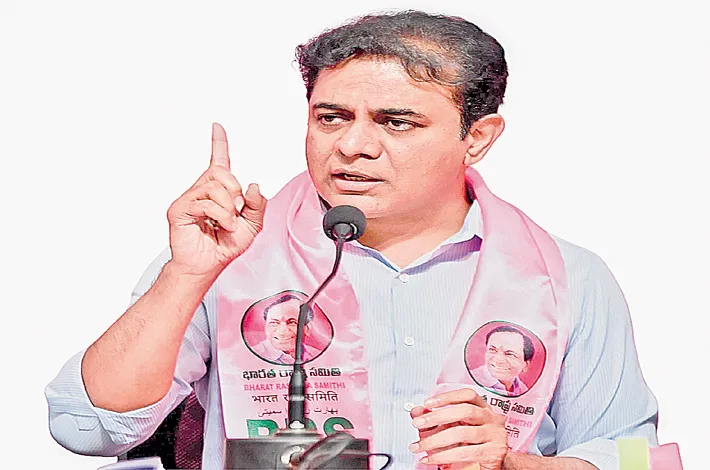IIT Madras patents new glucose monitor
07-11-2025 12:00:00 AM

Promises painless, affordable diabetics care
■ India has 10.1 crore people living with diabetes
■ Continuous Glucose Monitoring (CGM) systems offer real-time readings without repeated finger pricksstatewide.
metro india news I new delhi
Researchers at the Indian Institute of Technology (IIT) Madras have patented a cost-effective, user-friendly, and minimally invasive glucose monitoring device for diabetes patients, officials said on Wednesday. The device aims to make diabetes monitoring more comfortable, accessible, and affordable, while ensuring high standards of accuracy and reliability, they said.
It was developed by researchers from the institute’s Electronic Materials and Thin Films Lab, led by Professor Parasuraman Swaminathan. According to the Indian Council of Medical Research–India Diabetes (ICMR INDIAB) study published in 2023, India has 10.1 crore people living with diabetes. The most common method used for glucose monitoring is self-monitoring of blood glucose (SMBG), which requires multiple finger-prick blood samples daily. It is effective but invasive.
Continuous Glucose Monitoring (CGM) systems offer real-time readings without repeated finger pricks, representing a major advance. However, they come with their own set of limitations, such as high cost, dependence on separate devices, such as smartphones or dedicated readers, to display results.
To address these challenges, the IIT Madras team has developed a modular system that combines reusable electronics and a low-power display unit with a disposable microneedle sensor patch, according to Swaminathan.
“From a researcher's perspective, the real measure of success is when an idea steps out of the lab and starts making a tangible difference in people’s lives. In diabetes management, that could mean sparing someone the discomfort of multiple finger pricks a day, helping them stay in range more consistently, and ultimately preventing long-term complications,” said Swaminathan. L Balamurugan, an IIT Madras MS (Entrepreneurship) scholar working on the project, said such a device can be a “real enabler.”
“By making glucose monitoring painless, discreet, and affordable, it encourages people to check their levels more regularly, understand their body’s patterns, and take timely action. Over time, it can reduce emergencies, hospital visits, and the strain on families and healthcare systems,” he said.
On a national scale, Balamurugan added, a domestically developed CGM strengthens self-reliance in medical technology by reducing dependence on imported devices and creating opportunities for local manufacturing and employment.








